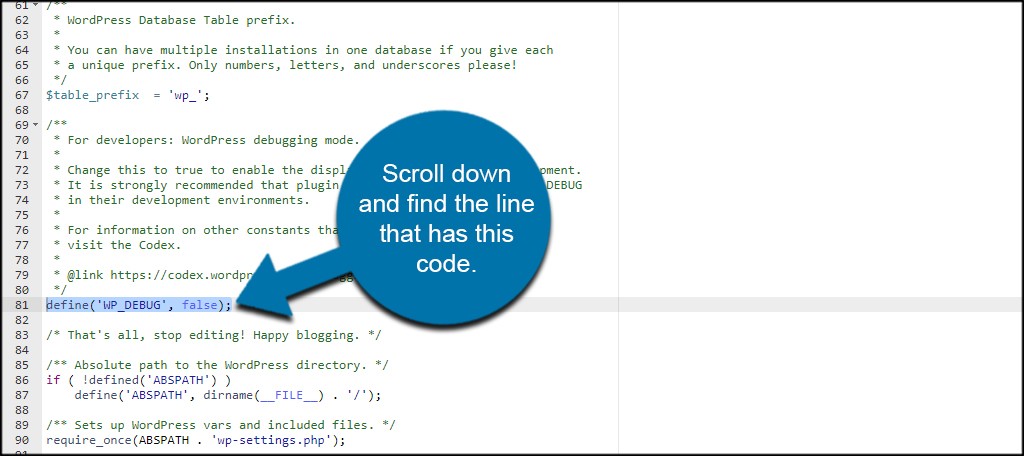
Expanding the data type size(s) in the Modify Columns step, such as the length of a nvarchar column, may compensate for variations in the data from the remainder of the flat file.String or binary data would be truncated. The given value of type String from the data source cannot be converted to type nvarchar of the specified target column. The error message would be similar to the following: Error inserting data into table. In scenarios where data further in the flat file does not conform to the automatically detected data types, an error will occur during import. The Import Flat File Wizard detects the data types based on the first 200 rows. If a green check mark appears, it was a success, otherwise you may need to review your configuration or input file for any errors. This page indicates whether the import was successful. Otherwise, clicking finish attempts the import process. If there are issues, you can go back to previous sections. This is simply a summary page displaying your current configuration.
#.db text message file update#
However if you expect nulls in a column and "Allow Nulls" is not checked, here is where you can update the table definition to allow nulls in one or all columns. Here is where you can edit the fields if they are incorrect (for example, data type should be a float instead of an int).Ĭolumns where empty values are detected will have "Allow Nulls" checked. The wizard identifies what it believes are the correct column names, data types, etc. If there are any problems, click cancel, otherwise proceed to the next page. The wizard generates a preview that you can view for the first 50 rows. The new table name should be unique, and the wizard does not allow you to move further if not. PROSE will detect if the file is comma-separated or fixed-width format regardless of file extension.
#.db text message file free#
If you do not want to see this page again, feel free to click Do not show this starting page again.Ĭlick browse to select your input file. The first page of the wizard is the welcome page. If you use this CSV, title it example.csv and make sure to save it as a csv in an easy location such as your desktop. Otherwise, this tutorial is using the following CSV from Excel, which you are free to copy. To learn more about the different functions of the wizard, refer to the following tutorial: Tutorialįor the purposes of this tutorial, feel free to use your own flat file.

#.db text message file how to#
This overview describes the reasons for using this wizard, how to find this wizard, and a simple example to follow. The Import Flat File Wizard supports both comma-separated and fixed width format files. Import Flat File Wizard is a simple way to copy data from a flat file (.csv. For content related to the Import and Export Wizard, see SQL Server Import and Export Wizard.


 0 kommentar(er)
0 kommentar(er)
